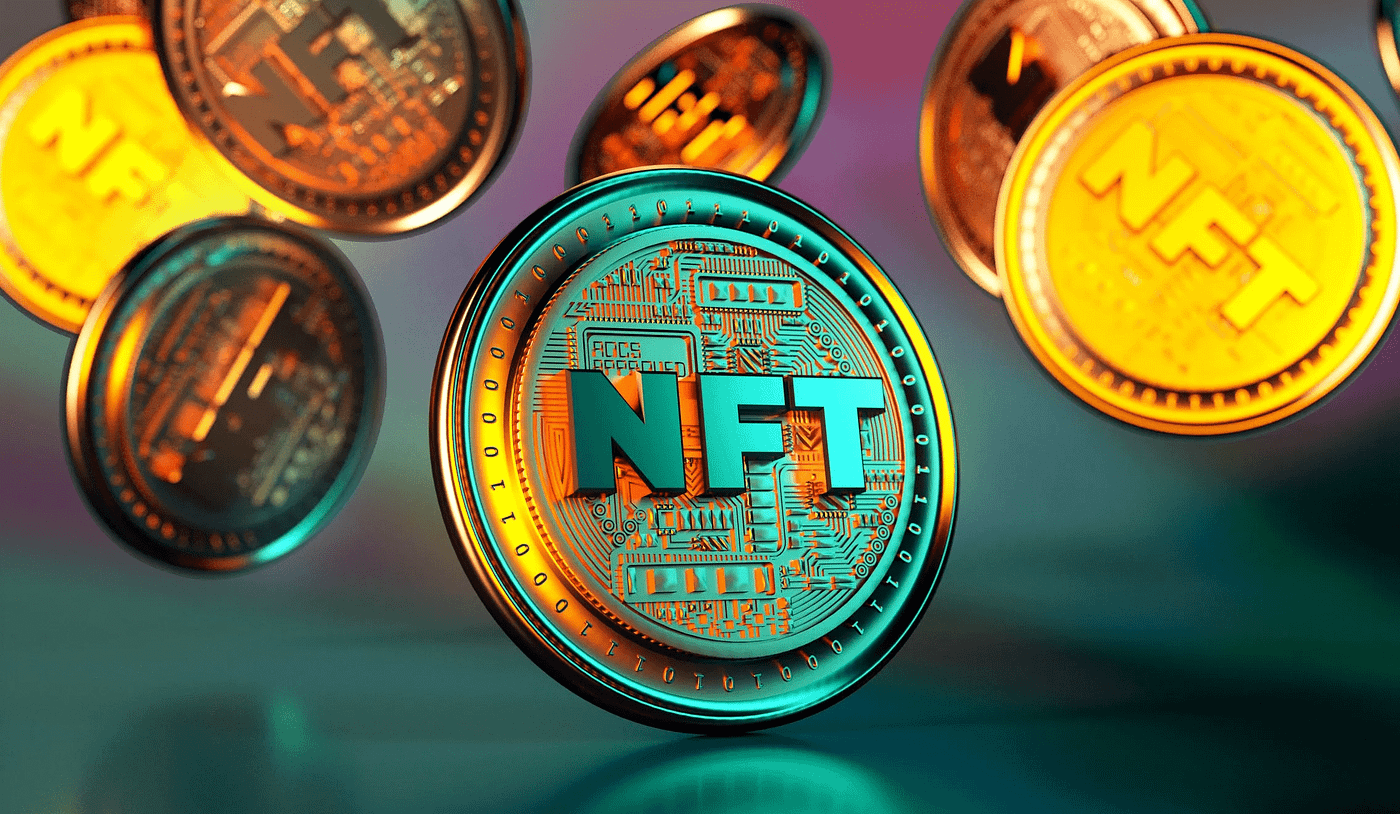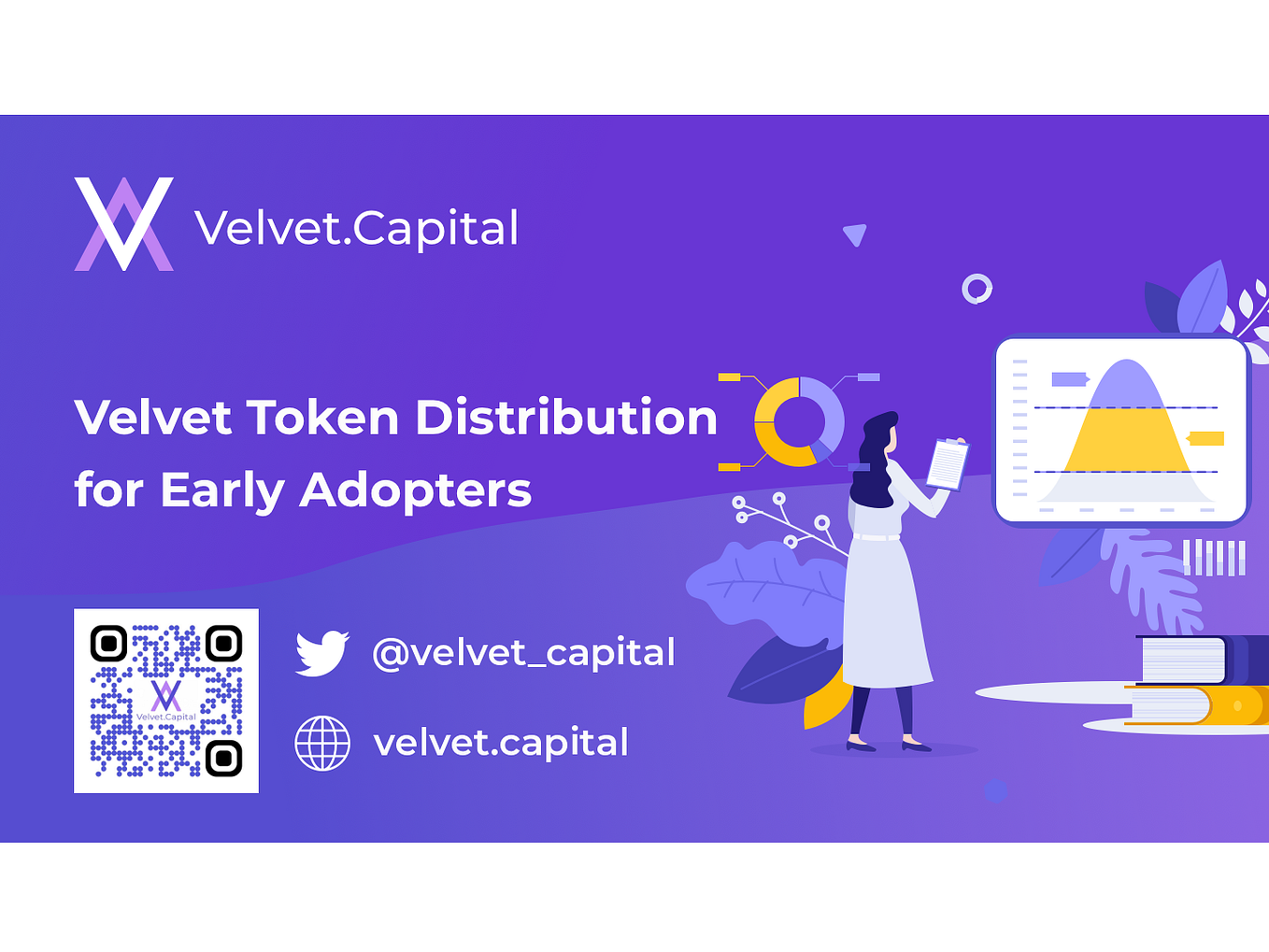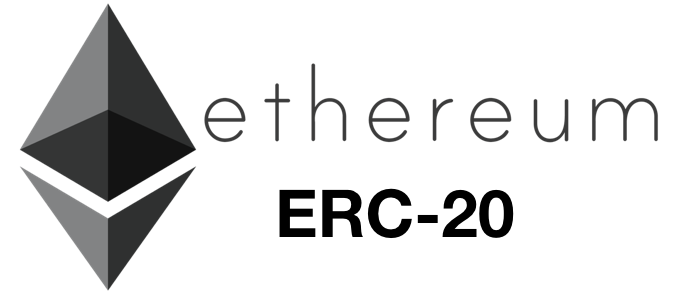How Can You Create an NFT Token in 2024?
 In the rapidly evolving landscape of blockchain technology, non-fungible tokens (NFTs) have emerged as a groundbreaking phenomenon, transforming the way we perceive and exchange digital assets. As we step into 2024, the demand for NFTs is soaring, with creators, artists, and enthusiasts looking to explore the exciting realm of tokenization.
In the rapidly evolving landscape of blockchain technology, non-fungible tokens (NFTs) have emerged as a groundbreaking phenomenon, transforming the way we perceive and exchange digital assets. As we step into 2024, the demand for NFTs is soaring, with creators, artists, and enthusiasts looking to explore the exciting realm of tokenization.
In this extensive blog post, we’ll delve into the intricacies of how to create an NFT token in 2024, covering the why, the how, and everything in between.
Why Create Your Own NFT Token?
The allure of creating your own NFT token lies in the unprecedented opportunities it presents. Owning an NFT token provides a unique digital ownership experience, offering a new way to monetize and showcase digital creations. As a creator, it allows you to establish a direct connection with your audience, fostering a sense of exclusivity and ownership. Furthermore, by creating NFTs, you become part of a revolutionary movement that is reshaping the digital landscape.
What Are the Essential Steps in Preparation for NFT Creation?
Before delving into the technicalities of NFT creation, thorough preparation is key. Understanding the market, identifying your target audience, and having a clear vision for your NFT project are crucial. Additionally, researching successful NFT projects and staying updated on industry trends will enhance your chances of creating a token that resonates with the audience. This preparatory phase is not just about creating NFTs; it’s about strategically positioning your digital assets in the dynamic world of blockchain.
Forging NFTs: A Step-by-Step Guide to Creation and Minting
Navigating the intricate process of creating and minting NFTs requires a strategic approach and attention to detail. Let’s delve into the essential steps that will transform your digital creations into unique, tradeable tokens on the blockchain. This comprehensive guide ensures you’re equipped with the knowledge to navigate the dynamic world of NFTs successfully.
1. Conceptualization and Ideation
Developing a compelling NFT starts with a solid concept. Dive deep into brainstorming and ideation, ensuring your idea is unique, rare, and visually captivating. This sets the foundation for an NFT that stands out in the competitive digital marketplace.
2. Asset Creation
Craft high-quality digital assets that encapsulate the essence of your NFT. Whether it’s digital art, music, videos, or other digital content, the quality and uniqueness of your assets are paramount. Collaborating with professionals can elevate your creations to new heights.
3. Choosing the Right Blockchain
Select a blockchain that aligns with your project’s goals. While Ethereum remains a popular choice, alternative blockchains like Binance Smart Chain and Solana offer cost-effective options. Understanding the nuances of each blockchain empowers you to make an informed decision.
4. Smart Contract Development
Develop a smart contract that defines the rules and attributes of your NFT. If coding isn’t your forte, user-friendly platforms and services can streamline the process. This step is crucial for ensuring the seamless functioning of your NFT within the chosen blockchain ecosystem.
5. Minting Your NFT
Initiate the minting process by uploading your digital assets to the chosen platform. This transformative step converts your digital creations into unique, tradeable tokens on the blockchain. Pay attention to platform specifications, ensuring your NFTs align with industry standards.
6. Metadata Inclusion
Enhance the value of your NFT by incorporating metadata that provides additional information about the token. Details about the creator, creation date, and any special attributes contribute to the narrative and authenticity of your digital creations.
NFT Minting: A Seamless Process from Digital to Blockchain
Entering the realm of minting NFTs requires a meticulous approach to ensure a seamless transition from digital creation to tangible blockchain assets. Let’s unravel the intricate steps involved in the minting process, providing you with the knowledge to navigate this crucial phase successfully.
1. Platform Selection
Choosing a reliable NFT marketplace or platform is the first step in the minting process. Platforms like OpenSea, Rarible, or Mintable offer user-friendly interfaces, and researching different options allows you to find the one that aligns best with your project goals.
2. Wallet Setup
Set up a digital wallet compatible with the chosen platform. This wallet becomes the secure repository for your NFTs and facilitates transactions. Exploring the features and security protocols of various wallets ensures a smooth and protected NFT ownership experience.
3. Uploading Digital Assets
Upload the digital assets created during the ideation phase to the chosen platform. Adhering to the platform’s guidelines for file formats, sizes, and other specifications ensures that your NFTs maintain their visual integrity and uniqueness when displayed or traded.
4. Token Configuration
Configure the attributes of your NFT, including the number of editions, royalty percentages, and any additional features. This step defines the parameters of your token on the blockchain, influencing its marketability and value proposition. Optimizing these configurations enhances your NFT’s appeal.
5. Preview and Confirm
Before finalizing the minting process, review a preview of your NFT to ensure everything is in order. Once satisfied, confirm the minting process, and your NFT will be officially created on the blockchain. This final review is an opportunity to catch any discrepancies and make last-minute adjustments for a successful launch.
6. Marketing Your NFT
Implementing a robust marketing strategy is an ongoing process to promote your NFTs effectively. Leveraging social media, collaborating with influencers, and exploring partnerships maximize visibility and sales. Building a community around your NFTs contributes to long-term success in the competitive NFT marketplace.
Exploring the Varied Realms of NFT Categories
Exploring the diverse landscape of non-fungible tokens (NFTs) reveals a myriad of possibilities, each catering to unique preferences and industries. Understanding the various types of NFTs broadens your creative horizons and opens doors to innovative expressions and monetization avenues. Join us as we delve into the multifaceted world of NFTs, exploring the different categories that captivate audiences across the digital spectrum.
1. Digital Art NFTs
Immortalize your digital art through NFTs, providing art enthusiasts with the opportunity to own a unique piece of their creative expression. The digital art NFT space allows for experimentation with various styles, themes, and mediums.
2. Collectibles
Craft limited-edition collectibles, ranging from virtual trading cards to virtual pets. Adding elements of gamification or storytelling enhances the collectibility of these NFTs, creating a more engaging and interactive experience for collectors.
3. Gaming Assets
Tokenize in-game assets, offering gamers ownership and trading capabilities for items within virtual worlds. Collaborating with game developers and communities further integrates NFTs into the gaming industry, creating a symbiotic relationship between creators and players.
4. Music and Audio NFTs
Musicians and audio creators can tokenize their work, providing exclusive ownership and access to their music. Exploring innovative formats, such as audio-visual NFTs, adds a new dimension to the music industry’s engagement with blockchain technology.
5. Virtual Real Estate
Enter the virtual real estate market by tokenizing unique digital spaces within virtual worlds. This category not only presents opportunities for immersive experiences but also encourages collaboration with virtual architects and creators.
6. Intellectual Property NFTs
Protect and monetize intellectual property by creating NFTs that represent patents, trademarks, or copyrights. This avenue caters to professionals across various industries seeking to leverage blockchain for the management and protection of intellectual assets.
Benefits of Creating an NFT Token
1. Decentralized Ownership
NFTs operate on blockchain technology, ensuring decentralized ownership and eliminating the need for intermediaries. This decentralized nature fosters trust and transparency among creators and collectors.
2. Global Accessibility
NFTs can be bought, sold, and traded globally, providing creators with a borderless marketplace and a diverse audience. The global accessibility of NFTs also facilitates cross-cultural collaboration and exposure.
3. Transparency and Immutability
Blockchain ensures transparency in ownership history, and once minted, the data is immutable, preventing unauthorized alterations. This transparency builds trust among collectors and adds value to the authenticity of NFTs.
4. Monetization Opportunities
NFTs open new revenue streams for creators, allowing them to earn royalties from secondary sales and creating a sustainable income model. Exploring diverse monetization strategies, such as fractionalized ownership, enhances the financial potential of NFTs.
5. Community Engagement
The exclusivity and ownership associated with NFTs foster strong community engagement as fans become stakeholders in the creator’s success. Building and nurturing a community around your NFTs contributes to the long-term success and sustainability of your digital artistry.
6. Creative Freedom
NFTs empower creators with unparalleled creative freedom, enabling them to monetize their digital creations without traditional constraints. This freedom encourages experimentation and innovation, pushing the boundaries of what is possible in the digital realm.
What Are the Costs Involved in Creating an NFT Token?
Understanding the cost associated with creating an NFT is essential for budgeting and planning. The expenses can vary based on several factors, and a comprehensive understanding of these costs ensures a realistic and sustainable approach to NFT creation.
1. Blockchain Fees
Each blockchain has its own associated fees for transactions, smart contract deployment, and minting. Ethereum, for example, may have higher fees compared to more cost-effective alternatives. Researching and comparing blockchain fees helps optimize your budget.
2. Smart Contract Development
If you opt for custom smart contracts, development costs may vary. Some platforms offer pre-built templates, reducing development expenses. Exploring both custom and template options allows you to choose the most cost-effective solution for your NFT project.
3. Digital Asset Creation
The cost of creating digital assets depends on the complexity and quality of the content. Artists or creators may choose to hire professionals for this task. While professional services can incur higher costs, the investment in high-quality assets contributes to the overall value of your NFTs.
4. Platform Fees
NFT marketplaces often charge fees for minting and selling NFTs. These fees can be a percentage of the transaction or a flat rate. Comparing platform fees helps you choose a marketplace that aligns with your budget and revenue goals.
5. Marketing and Promotion
Implementing a robust marketing strategy incurs additional costs. Collaborations, paid promotions, and advertising contribute to the overall budget. Allocating a budget specifically for marketing ensures effective promotion and visibility in the competitive NFT market.
6. Maintenance and Upkeep
Regular maintenance and updates may be necessary, and budgeting for ongoing costs ensures the longevity and relevance of your NFT project. This forward-thinking approach contributes to the sustainability of your NFTs in a dynamic digital landscape.
In conclusion
Creating an NFT token in 2024 is a dynamic and rewarding process that opens up new avenues for creators and enthusiasts alike. Whether you’re an artist, musician, gamer, or entrepreneur, the world of NFTs provides a canvas for innovation and expression. Embrace the decentralized revolution and turn your digital creations into timeless assets in the blockchain era.
Nft Token
Nft Token Development
Blockchain Technology
Non Fungible Tokens
Best Nft Tokens
 Follow
Follow
Written by Serenawilliams
24 Followers
·
Writer for
Coinmonks
I'm Serena wiliams a 6+ years Experience in blockchain. NFTs, crypto, and the future of tech. Let's talk.
More from Serenawilliams and Coinmonks

 Serenawilliams
Serenawilliams
in
Coinmonks
Mastering Crypto Trading: A Comprehensive Guide to Bot Development
In the rapidly changing landscape of cryptocurrency trading, staying ahead of the curve is crucial. One strategy gaining popularity is the…
7 min read
·
Dec 20, 2023
3
 Shantanu Gupta
Shantanu Gupta
in
Coinmonks
Which Crypto Will Explode in 2024? Here Are Some Of MyTop Picks.
As we approach the end of the year, investors worldwide are gearing up for the anticipated bull run in the crypto market, eyeing the next…
4 min read
·
Dec 19, 2023
730
5
 Velvet.Capital
Velvet.Capital
in
Coinmonks
🚨Velvet.Capital Token Distribution (Airdrop)🚨
🚨 Airdrop Alert🚨: DeFi Asset Management Done right! Everything you need to know for Velvet.Capital’s Token Distribution & Airdrop!
4 min read
·
Dec 30, 2022
40K
1072
 Serenawilliams
Serenawilliams
in
Coinmonks
NFT in Sports: A Comprehensive Guide to Digital Assets and Market Dynamics
In the ever-evolving landscape of sports and technology, the integration of non-fungible tokens (NFTs) has emerged as a groundbreaking…
6 min read
·
Dec 26, 2023
Recommended from Medium

 Financeable
Financeable
12 Side Hustles You Can Do From Your Phone ($600+ Per Day)
Let’s be honest, if you’re reading this article, you probably have a phone or a laptop. And with this thing, you can make as much as $600…
13 min read
·
Dec 25, 2023
6.4K
105
 Mohammed Niyas
Mohammed Niyas
in
CoinsBench
Deploy your first ERC-20 Token
Creating an ERC-20 token involves several steps and requires familiarity with Ethereum and smart contract development. Here's a…
3 min read
·
Jan 1
6
1
Lists


 Staff Picks559 stories
Staff Picks559 stories
·
646
saves

 Stories to Help You Level-Up at Work19 stories
Stories to Help You Level-Up at Work19 stories
·
423
saves

 Self-Improvement 10120 stories
Self-Improvement 10120 stories
·
1224
saves

 Productivity 10120 stories
Productivity 10120 stories
·
1119
saves Bianca Buzea
Bianca Buzea
in
LUKSO
LSP7 vs ERC20: Top 6 Differences
In the ever-evolving landscape of blockchain standards, LSP7- Digital Asset has emerged as a groundbreaking innovation. For those familiar…
4 min read
·
6 days ago
47
 Tokenizing Real World Assets
Tokenizing Real World Assets
Chintai RWA Client Pipeline Preview
@ChintaiNetwork
4 min read
·
Dec 4, 2023
133
 CodeX
CodeX
Strategic Partnership Forges Path in Web3: CodeX Welcomes Dutch Crypto Investment
In a move that heralds a new era in blockchain innovation, CodeX proudly announces a strategic investment from Dutch Crypto Investment…
3 min read
·
6 days ago
60
 Intellix ($ITX)
Intellix ($ITX)
IntellixShield: Making Blockchain Safer and Easier for Everyone with IntellixGuard AI
At Intellix, we’ve taken a big step forward from our mixer roots. We’re now focused on expanding our blockchain services, aiming to make…
2 min read
·
Jan 9
1
















![[LIVE] Engage2Earn: auspol follower rush](https://cdn.bulbapp.io/frontend/images/c1a761de-5ce9-4e9b-b5b3-dc009e60bfa8/1)







![[ℕ𝕖𝕧𝕖𝕣] 𝕊𝕖𝕝𝕝 𝕐𝕠𝕦𝕣 𝔹𝕚𝕥𝕔𝕠𝕚𝕟 - And Now What.... Pray To The God Of Hopium?](https://cdn.bulbapp.io/frontend/images/79e7827b-c644-4853-b048-a9601a8a8da7/1)






